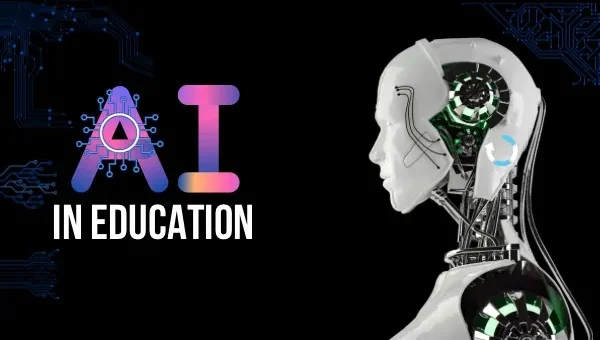
Here’s the thing, technology has always been a benefit. The misuse of tech is what causes the problem. At the rate at which technology is developing, it would not be amiss to say that very soon we will all be automating most processes.
Logically speaking, time is finite. So if there is a tool that can help us save on time and speed up repetitive or boring processes, why fight it?
Of course, there will be a group out there that will try and misuse this piece of technology, like they did with most others. Does that mean we shun technology altogether?
Historically speaking, demonising new inventions before they are integrated into everyday life seems to be the norm. So whatever your view on it right now, it is very likely that AI and tools such as ChatGPT will soon become the norm, especially in the field of education.
However, like all things in life, there are pros and cons of using AI in the classroom. Identifying these can help us make better use of the emerging tools and technologies. This will not only add value to our work/life but also help us save on precious time.
So, here goes:
Pros:
- Personalization: AI and ChatGPT can be used to personalize learning experiences for students, providing them with tailored content and feedback based on their individual needs and abilities.
- Access to information: AI and ChatGPT can provide students with instant access to a vast amount of information, which can help them to learn more quickly and effectively.
- Automation: AI and ChatGPT can automate repetitive and time-consuming tasks, such as grading and providing feedback, freeing up teachers to focus on more important tasks.
- Improving engagement: ChatGPT can be used to create interactive and engaging learning experiences, which can help to keep students motivated and focused on the task at hand.
Cons:
- Bias: AI and ChatGPT systems are only as unbiased as the data they are trained on. Therefore, if the data is biased, the model may perpetuate and even amplify those biases.
- Limited creativity: AI and ChatGPT can only provide pre-programmed responses and can’t generate new and original ideas, yet.
- Reduces human interaction: AI and ChatGPT can reduce the interactions between students and teachers, which may negatively impact students’ emotional development.
- Cost: Implementing and maintaining AI and ChatGPT systems can be expensive, which may be a barrier for some schools and educational institutions.
Overall, AI and tools like ChatGPT can be powerful in the field of education, no doubt. It’s important, however, to consider the potential downsides and limitations before implementing them in the classroom. It’s also important to ensure that teachers educate themselves and use technology to help enhance, rather than replace, human interactions and creativity in the classroom.

